Schoolchildren Practice STEM Skills While Investigating Stream Health at the Stroud Center

By Steve Mohapp
As the school buses come to a stop in front of the Moorhead Environmental Complex, a team of Stroud Water Research Center educators greet the nearly 100 visiting middle school students. First, Stroud Center educators divide the students into groups of 20 or fewer. Keeping group sizes small ensures all learning is hands-on and each student’s voice is heard.
Now that the groups are sorted, the fun is set to begin! Throughout their field study at the Stroud Center, the students will gather data to help answer a guiding question for the day: “How healthy is the East Branch of White Clay Creek?” In order to answer this question, the students take on the roles of scientists.
To start the day, the students are entomologists looking for freshwater macroinvertebrates. These young student scientists begin their careers as entomologists by picking a fitting size of rubber boots from a wall stocked floor to ceiling. Once everyone is properly outfitted, the group heads down to the stream.
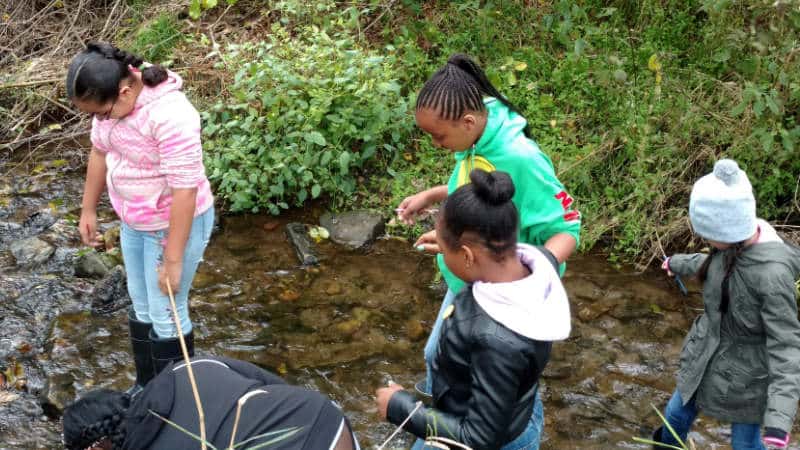
They work in small teams to carefully collect macroinvertebrates. One group is amazed to see how many different types of critters they collect with a kick seine net, while another group is determined to catch a crayfish using a d-framed net.
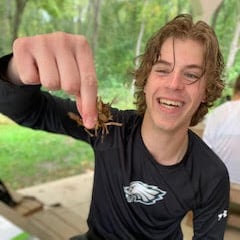
Now that the macroinvertebrates are collected, the students head back to the education pavilion to identify what they’ve found. With the help of some stereoscopes, the student scientists can see important identifying characteristics like a mayfly’s abdominal gills. The young entomologists find a variety of macroinvertebrate species that hang out in healthy streams.
Next up, the students explore the world of water chemistry. They carefully perform a series of water quality tests. Then they analyze their data and draw their own conclusions with the help of infographics designed by Stroud Center educators. Today, the stream is cold and has a high dissolved oxygen concentration, thanks in part to the streamside forest that shades the water. Maintaining lower temperatures and higher levels of oxygen in the water is important for the survival of many sensitive macroinvertebrates.
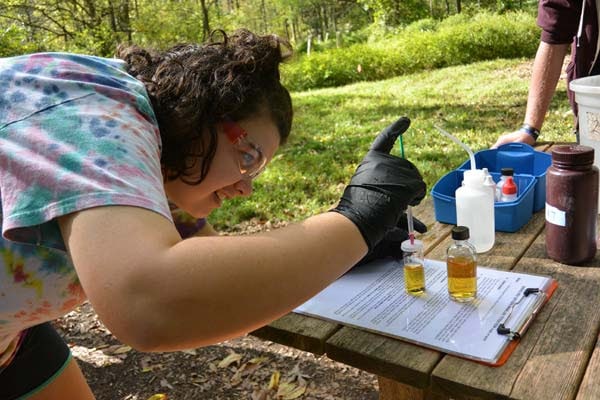
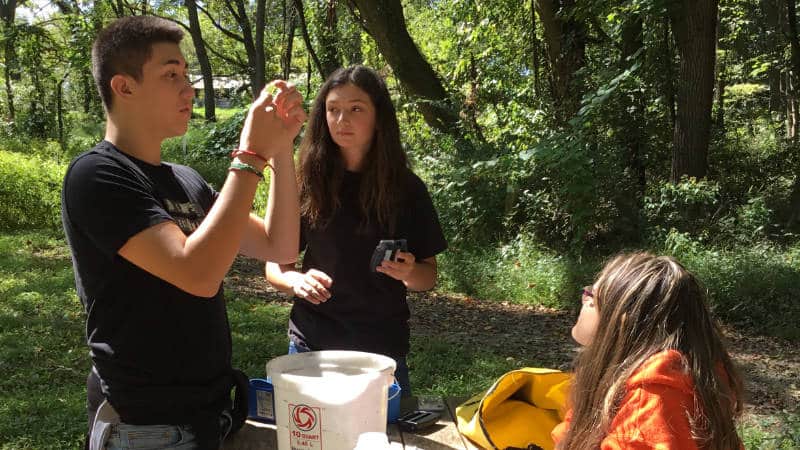
Third, the students become fluvial geomorphologists — studying how the stream moves through and interacts with the land. The stream flows at different speeds and depths, creating varied habitats for a variety of creek critters. The interactions between the flowing stream and nearby forest help create these different habitats.
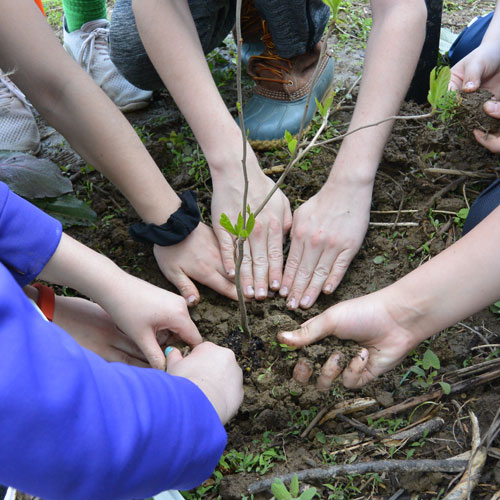
The students also learn how the forest helps protect the creek’s water quality. Planting native trees and plants — especially near streams — is a restoration practice these students can implement in their own communities.
Finally, the educators ask the students to make conclusions about the data collected throughout their experiences and return to the central question: Is the East Branch of White Clay Creek healthy? Stories of the stream’s history along with current data bring the students to their final decisions.
It is now time for these young scientists to return to school, bringing with them the knowledge of how to monitor and protect fresh water in their own communities.
There are many ways you can support meaningful watershed education programs like this, which the Stroud Center offers at little or no cost to students:
- If you own a Pennsylvania-based business, enroll in the Educational Improvement Tax Credit program to receive tax credits and support the Stroud Center.
- Make a restricted gift. To learn more, contact Director of Development Jessica Provinski.



